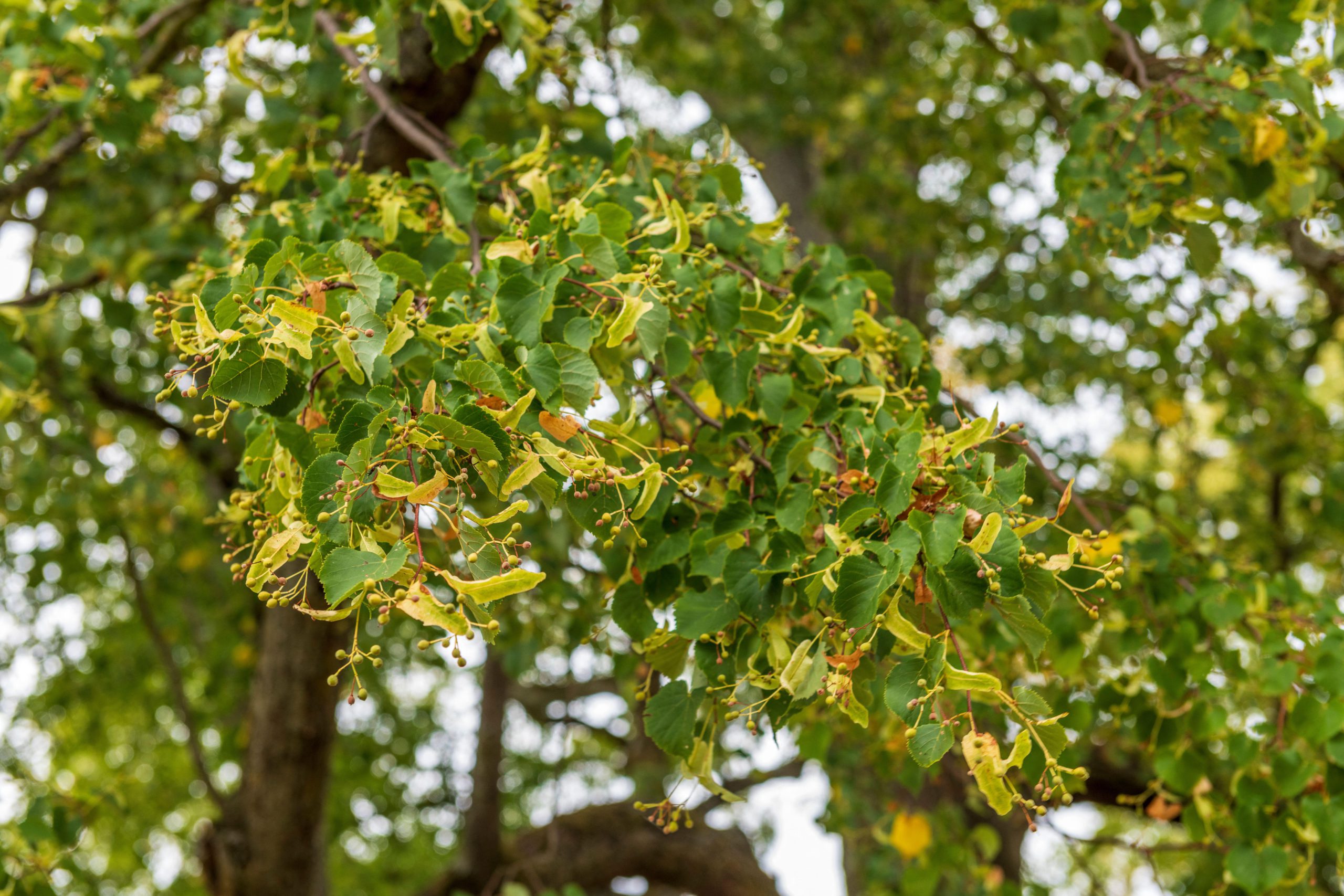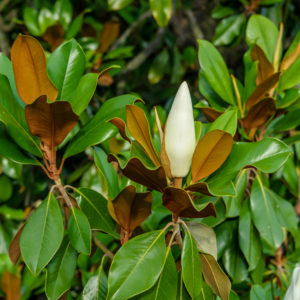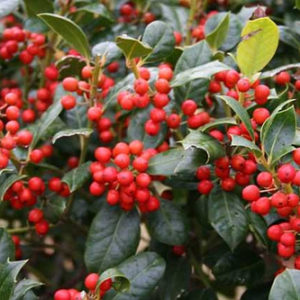Tilia cordata
Price range: €150.00 through €900.00
Frequently Bought Together



Description
Quick Facts
- Common Name: Small-Leaved Lime, Small-Leaved Linden, Little-Leaf Linden
- Botanical Name: Tilia cordata
- Plant Type: Deciduous tree
- Mature Height: 20-30m
- Mature Spread: 12-15m
- Flowering Period: June to July
- Flower Colour: Creamy-yellow, highly fragrant
- Foliage: Heart-shaped leaves, dark green above with blue-green undersides, turning golden-yellow in autumn
- Hardiness: RHS H7 (very hardy)
- Soil Requirements: Moist, well-drained, fertile, tolerates most soil types
- Aspect: Full sun to partial shade
- Maintenance: Low
Description
Experience the enchanting beauty of Tilia cordata, the magnificent Small-Leaved Lime that brings exceptional fragrance, timeless elegance, and wildlife value to your garden with its sweetly scented summer flowers and graceful form. This outstanding native ornamental tree offers remarkable qualities—masses of highly fragrant creamy-yellow flowers in mid-summer that fill the air with the most intoxicating honey-sweet perfume and create a gentle hum with visiting bees, beautiful heart-shaped leaves that are smaller and more refined than other limes with dark green upper surfaces and distinctive blue-green undersides creating subtle two-toned effect, spectacular golden-yellow autumn colour that illuminates the garden before winter, and elegant pyramidal form with dense foliage that provides excellent shade and creates commanding presence, making this one of the finest and most beloved native trees for creating summer fragrance, wildlife habitat, majestic stature, and enduring beauty in large Irish gardens, estates, and parklands.
Throughout spring and summer, this captivating tree displays its characteristic heart-shaped leaves measuring 3-9cm long—noticeably smaller and more refined than other lime species. The leaves are dark green and slightly glossy on the upper surface with distinctive blue-green undersides and tufts of rusty-brown hairs in the vein axils (a key identification feature). The overall effect is elegant and graceful. But the tree’s crowning glory appears in mid-summer (June-July) when it becomes adorned with clusters of small creamy-yellow flowers measuring 1cm across, each cluster attached to a distinctive pale green wing-like bract. The flowers are highly fragrant with an intoxicating honey-sweet perfume that fills the entire garden and attracts masses of bees—the tree literally hums with pollinator activity during flowering. This is one of the most important nectar sources for bees in mid-summer. The flowers are followed by small round nutlets. In autumn, the foliage transforms into beautiful shades of golden-yellow and butter-yellow before falling to reveal the smooth grey bark that becomes fissured with age. The naturally pyramidal crown creates elegant, formal form.
Native to Britain and much of Europe, Tilia cordata has been treasured for centuries as a majestic parkland and avenue tree. The species name ‘cordata’ means heart-shaped, referring to the distinctive leaf shape. Historically valued for its fragrant flowers used in herbal teas (linden or lime blossom tea), its fine-grained wood prized by carvers, and its importance as a bee tree. Exceptionally hardy and long-lived (often 500+ years), this lime thrives in Irish conditions, tolerating urban pollution, a wide range of soil types including clay and chalk, and exposure. Less prone to aphid honeydew problems than Common Lime (T. x europaea), making this a cleaner choice for gardens and streets. The refined smaller leaves and more compact habit make this more manageable than Large-Leaved Lime.
Create stunning compositions by planting as magnificent specimen trees in large gardens, estates, parklands, or open spaces where the impressive stature, summer fragrance, and autumn colour can be fully appreciated. Exceptional as avenue trees where the uniform pyramidal form creates dramatic formal impact—perfect for driveways or estate entrances. Works beautifully in wildlife gardens where the flowers provide vital nectar for bees and other pollinators. Magnificent in traditional landscapes, formal gardens, or as commanding focal points. The dense canopy provides excellent shade for seating areas. Plant where the summer fragrance can be enjoyed and where there is ample space for the mature size—this is a tree for large properties.
Caragh Garden Notebook
Planting: Space trees 12-15m apart for avenue plantings, or allow 15-18m for specimen placement to accommodate the large mature spread—this tree needs significant space. Plant bare-root trees from November to March (ideal), or container-grown specimens year-round. Dig holes twice the width of the root ball and incorporate generous amounts of organic matter. Plant at the same depth as the nursery soil mark. Stake securely for the first 3-5 years. Water thoroughly and mulch generously around the base. Choose positions with ample space for the pyramidal crown to develop. Not suitable for small gardens.
Soil Preparation: Thrives in moist, well-drained, fertile soil with pH 6.0-8.0. Tolerates a wide range of soil types including clay, loam, sand, and moderately acidic to alkaline conditions including chalk. Prefers deep, moisture-retentive, fertile conditions enriched with organic matter. Dislikes waterlogged or very dry soils. Tolerates urban pollution and compacted soils better than most trees. Best growth and flowering occur in full sun to partial shade with consistent moisture and fertile soil.
Container Growing: Not suitable for container growing due to large size, vigorous growth, extensive root system, and need for space to develop the characteristic pyramidal form and impressive stature. This is a tree for planting in the ground in large gardens, estates, or parklands where it can reach its full majestic potential and provide the spectacular summer fragrance and wildlife value.
Seasonal Care: Requires minimal pruning—the naturally pyramidal form develops without intervention. Remove only dead, damaged, or crossing branches in late winter when dormant. If formative pruning is needed, do so when young to establish a strong central leader and well-spaced branches. Avoid heavy pruning as this destroys the characteristic form. Can be pollarded if needed for size control, though this is labour-intensive and removes the natural elegance. Apply slow-release balanced fertiliser in early spring if desired. Mulch annually with generous amounts of organic matter. Water during dry spells in the first 5-7 years until established. Generally pest and disease resistant, though can occasionally be affected by aphids (less problematic than T. x europaea) or leaf spot.
Propagation: Can be grown from seed collected from ripe nutlets in autumn, though seedlings take many years to reach flowering size and mature stature. Seeds require cold stratification over winter. Sow in autumn in pots outdoors—germination occurs in spring but can be erratic. Seedlings grow slowly initially. Professional propagation is also by grafting onto Tilia rootstock or by layering. Home gardeners seeking flowering specimens within reasonable timeframes should purchase nursery-grown trees of good size.
This majestic beauty is absolutely enchanting—that intoxicating honey-sweet fragrance from the summer flowers is utterly captivating and fills the entire garden! The tree literally hums with bees—vital for wildlife. Beautiful heart-shaped leaves with blue-green undersides, spectacular golden-yellow autumn colour, and that elegant pyramidal form creates timeless presence. Exceptionally hardy, long-lived, less prone to aphid problems than Common Lime. Needs space but absolutely magnificent—a true native treasure!






